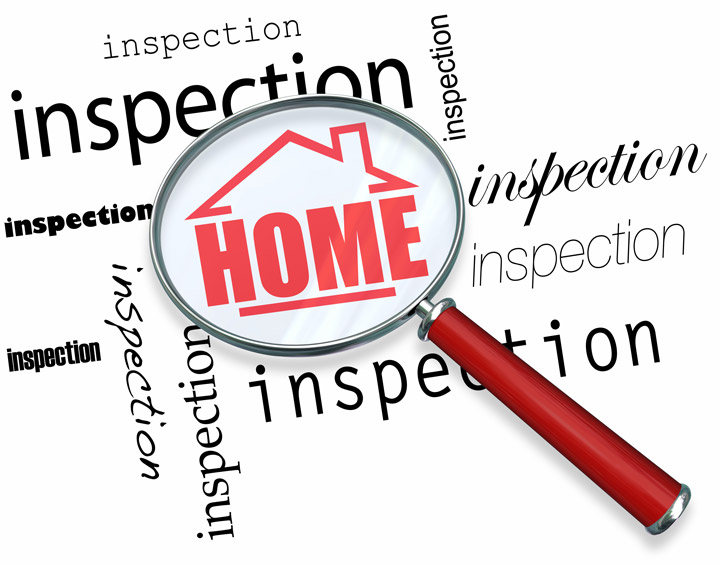
What Are the Parts of an Appraisal?Their home's purchase is the most important investment some of us may ever make. Whether it's where you raise your family, a seasonal vacation home or a rental fixer upper, purchasing real property is a complex financial transaction that requires multiple parties to pull it all off. It's likely you are familiar with the parties taking part in the transaction. The real estate agent is the most recognizable person in the exchange. Next, the bank provides the money needed to bankroll the deal. And the title company sees to it that all areas of the exchange are completed and that a clear title passes to the buyer from the seller. So, what party is responsible for making sure the value of the property is consistent with the amount being paid? In comes the appraiser. We provide an unbiased opinion of what a buyer might expect to pay — or a seller receive — for a parcel of real estate, where both buyer and seller are informed parties. A licensed, certified, professional appraiser from Matthew DeNoyer will ensure, you as an interested party, are informed. The inspection is where an appraisal beginsOur first responsibility at Matthew DeNoyer is to inspect the property to ascertain its true status. We must see aspects of the property first hand, such as the number of bedrooms and bathrooms, the location, and so on, to ensure they truly are there and are in the condition a typical person would expect them to be. The inspection often includes a sketch of the house, ensuring the square footage is proper and illustrating the layout of the property. Most importantly, the appraiser identifies any obvious amenities - or defects - that would affect the value of the house. Back at the office, an appraiser uses two or three approaches to determining the value of the property: sales comparison and, in the case of a rental property, an income approach. 
Cost ApproachThis is where the appraiser pulls information on local building costs, the cost of labor and other elements to determine how much it would cost to construct a property comparable to the one being appraised. This figure usually sets the maximum on what a property would sell for. It's also the least used method. 
Paired Sales AnalysisAppraisers get to know the neighborhoods in which they work. They thoroughly understand the value of certain features to the people of that area. Then, the appraiser researches recent transactions in the area and finds properties which are 'comparable' to the subject being appraised. Using knowledge of the value of certain items such as fireplaces, room layout, appliance upgrades, additional bathrooms or bedrooms, or quality of construction, we add or subtract from each comparable's sales price so that they more accurately match the features of subject property.
A valid estimate of what the subject might sell for can only be determined once all differences between the comps and the subject have been evaluated. At Matthew DeNoyer, we are experts when it comes to knowing the worth of real estate features in Fort Atkinson and Jefferson County neighborhoods. This approach to value is most often awarded the most weight when an appraisal is for a home purchase. Valuation Using the Income ApproachIn the case of income producing properties - rental houses for example - the appraiser may use an additional approach to value. In this case, the amount of income the real estate generates is factored in with income produced by nearby properties to determine the current value. Coming Up With The Final ValueCombining information from all approaches, the appraiser is then ready to put down an estimated market value for the subject property. The estimate of value on the appraisal report is not always the final sales price even though it is likely the best indication of a property's valueDepending on the specific circumstances of the buyer or seller, their level of urgency or a buyer's desire for that exact property, the closing price of a home can always be driven up or down.But the appraised value is often used as a guideline for lenders who don't want to loan a buyer more money than the property is actually worth. At the end of the day, an appraiser from Matthew DeNoyer will guarantee you attain the most fair and balanced property value, so you can make wise real estate decisions. |